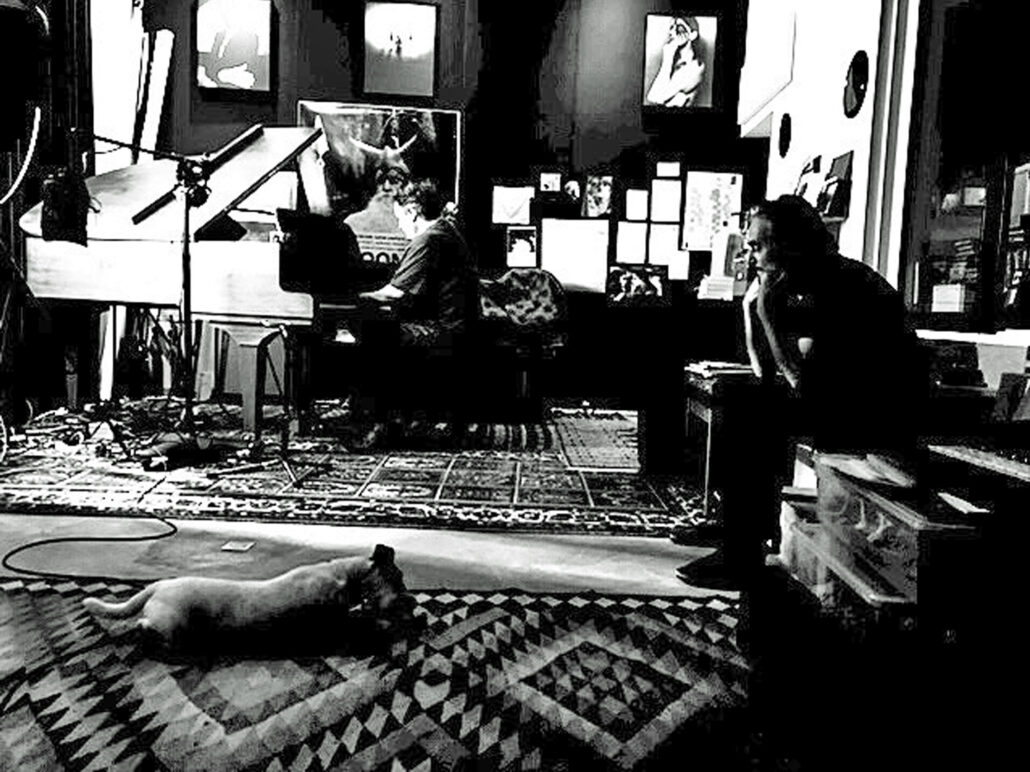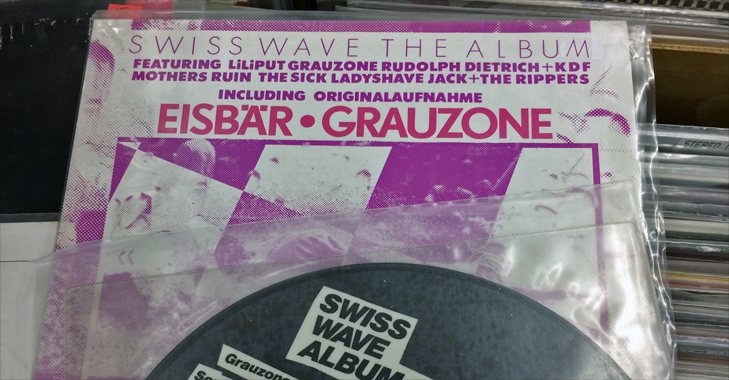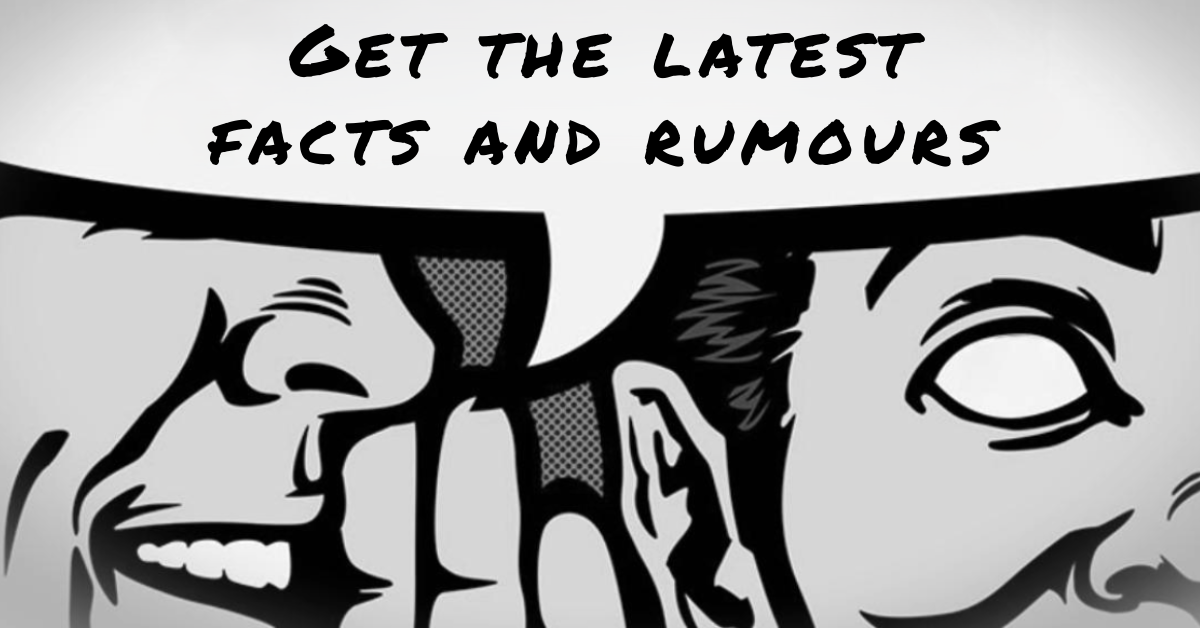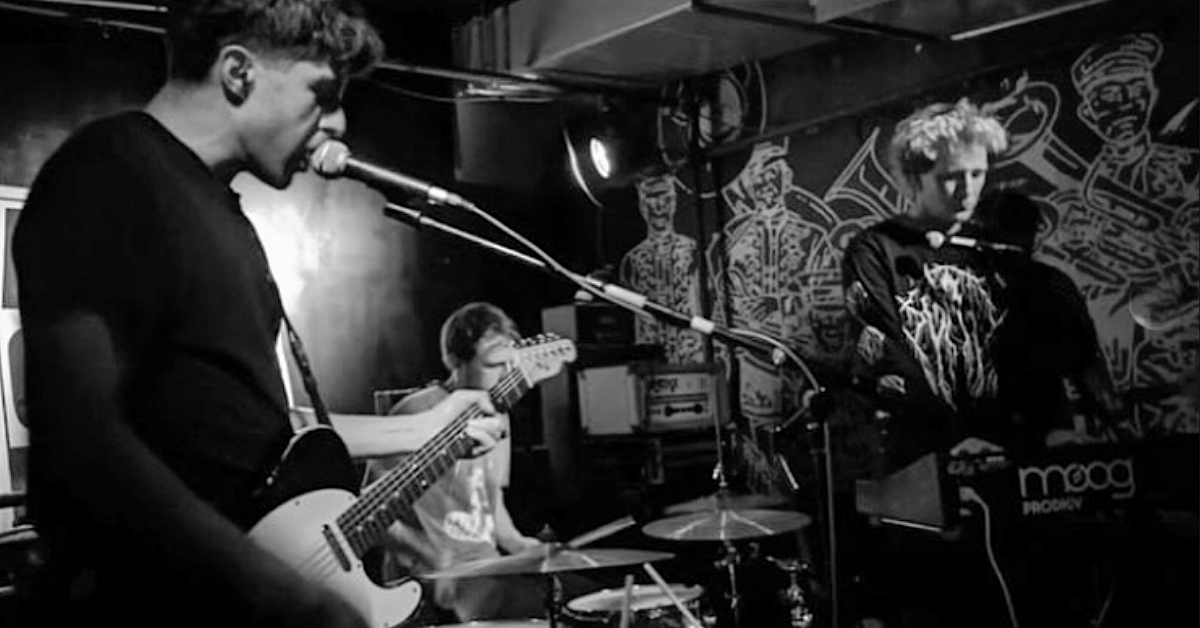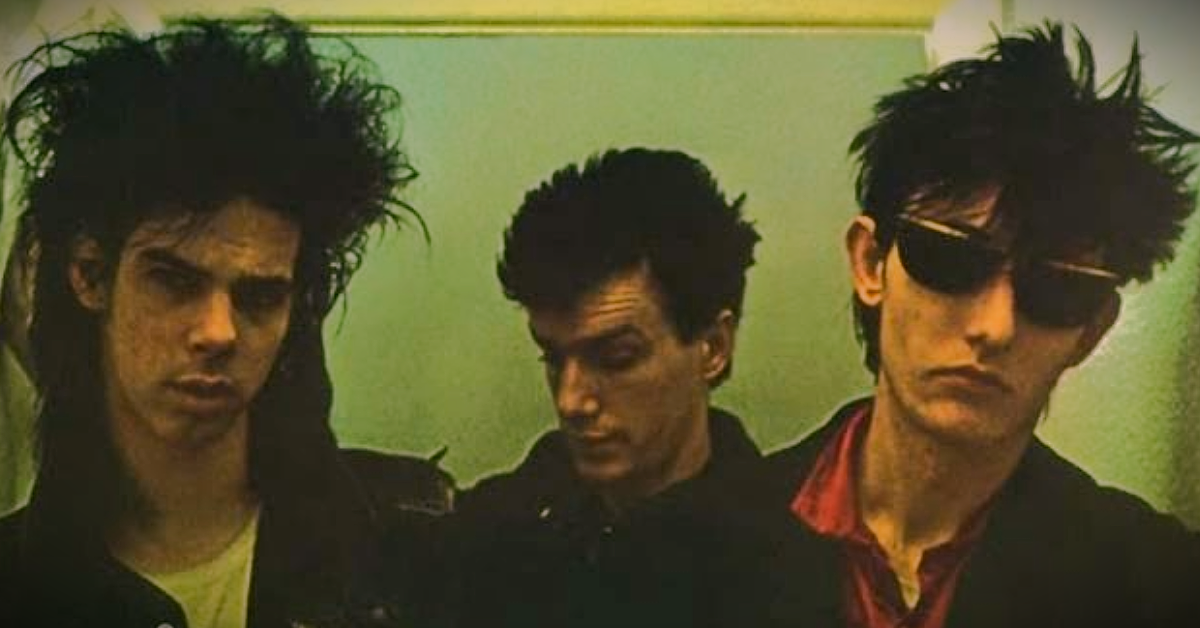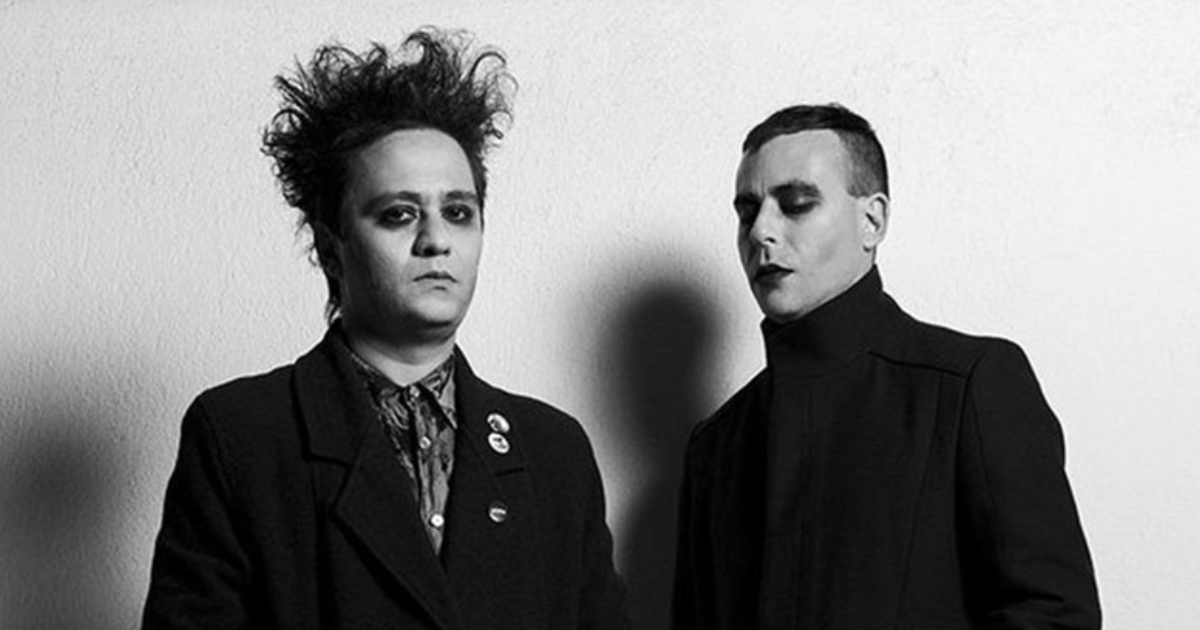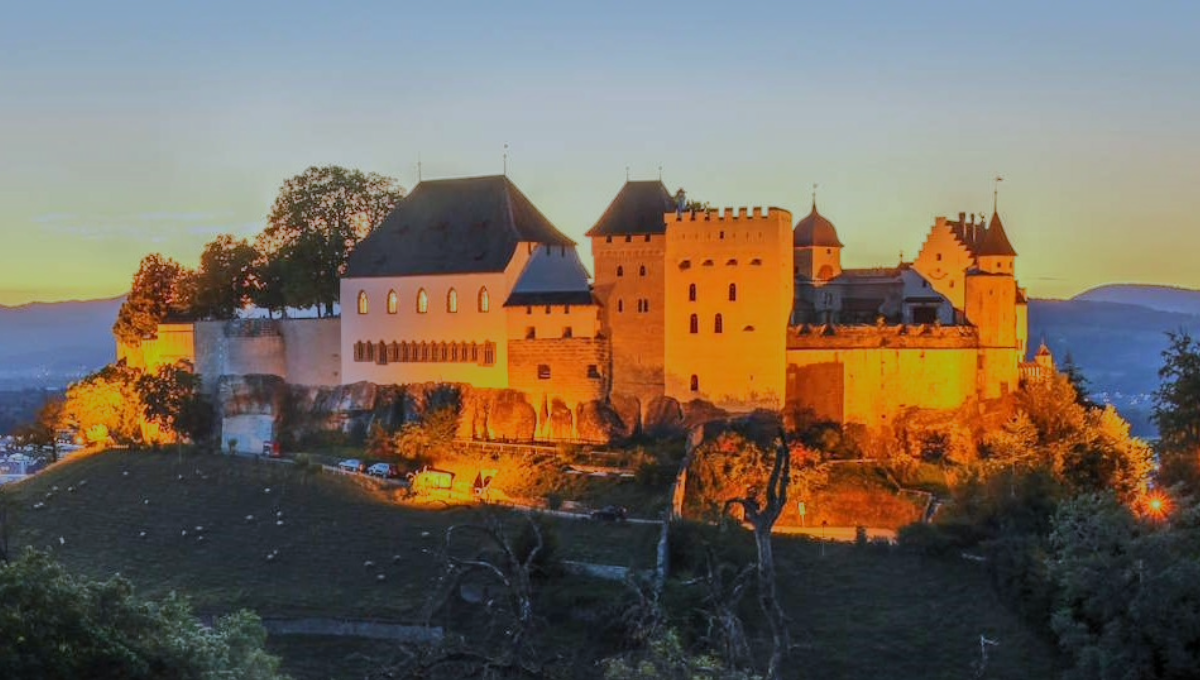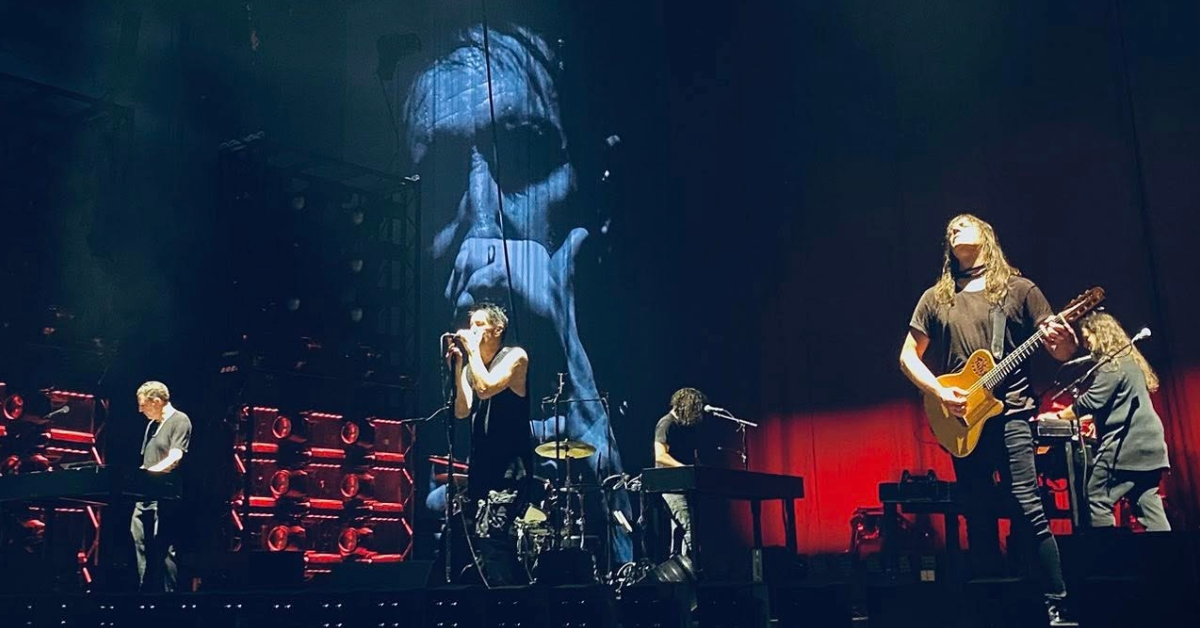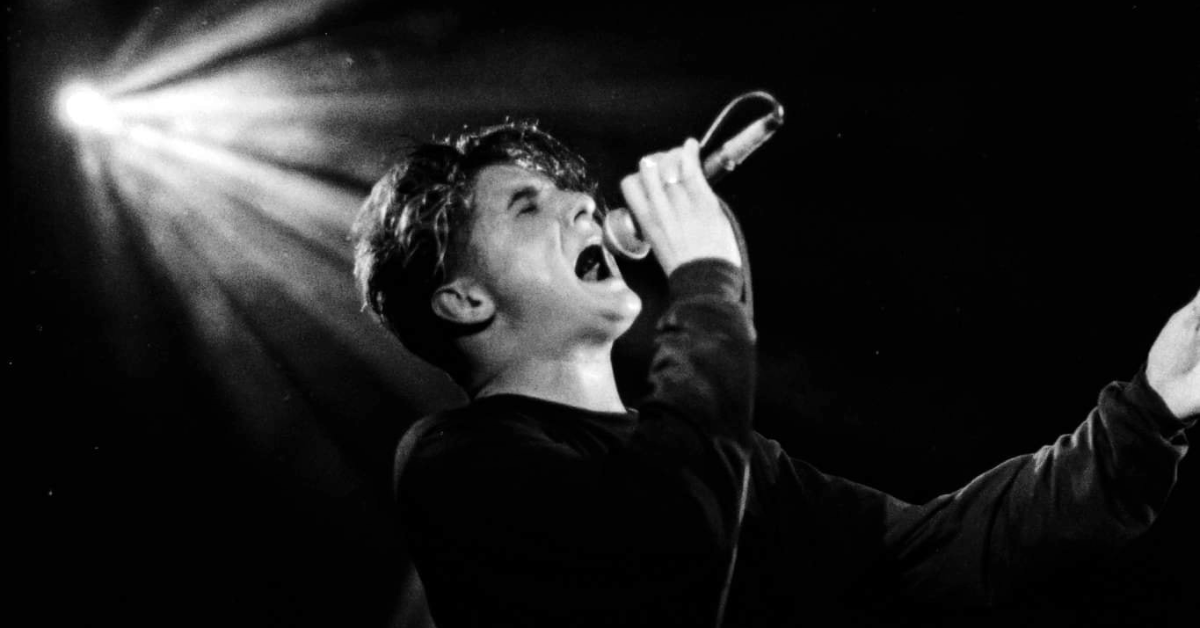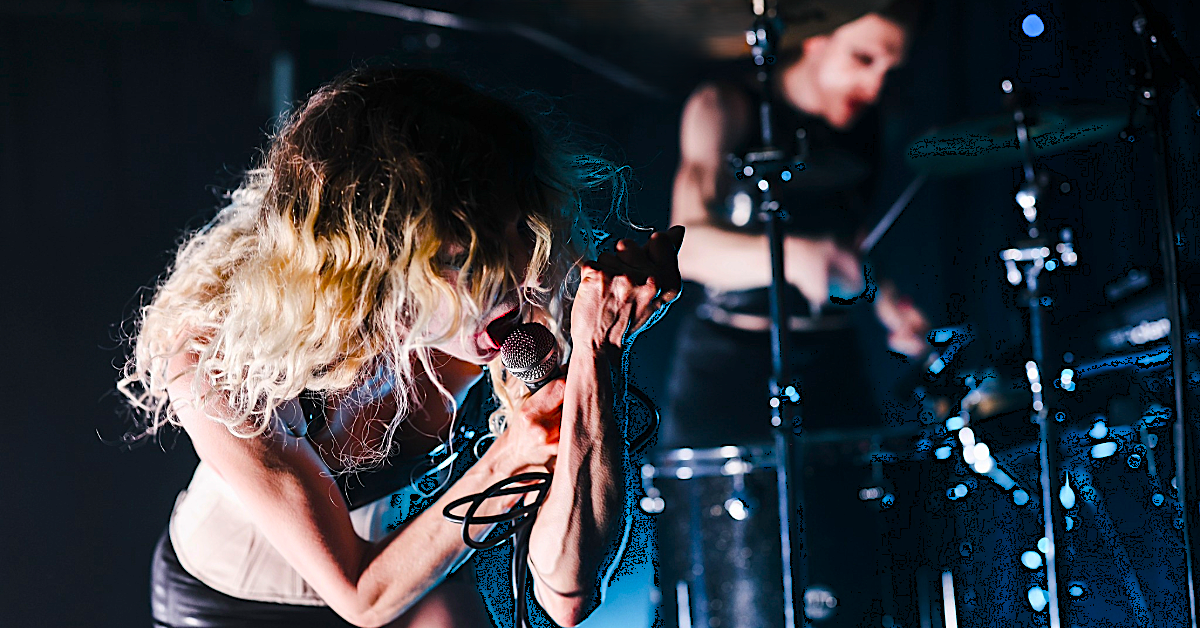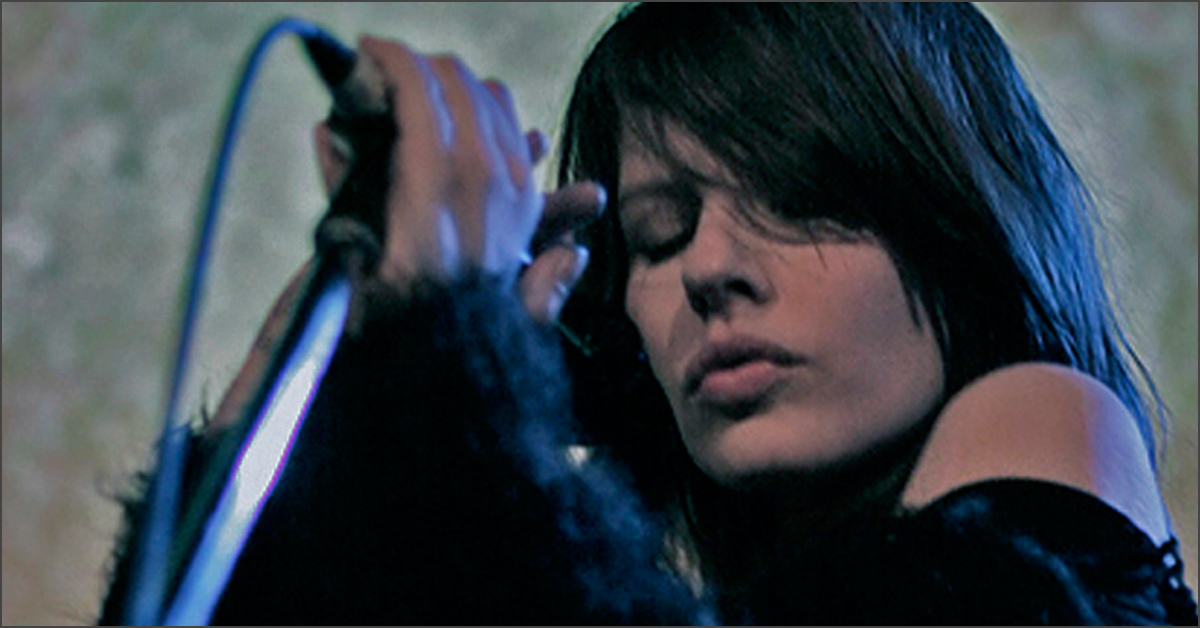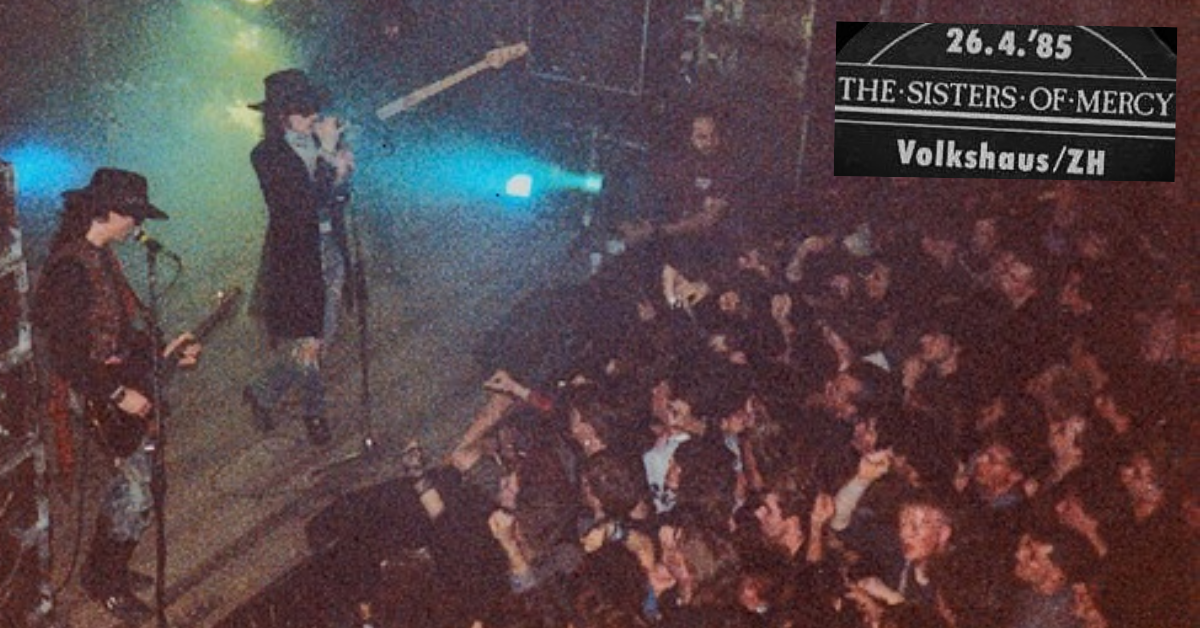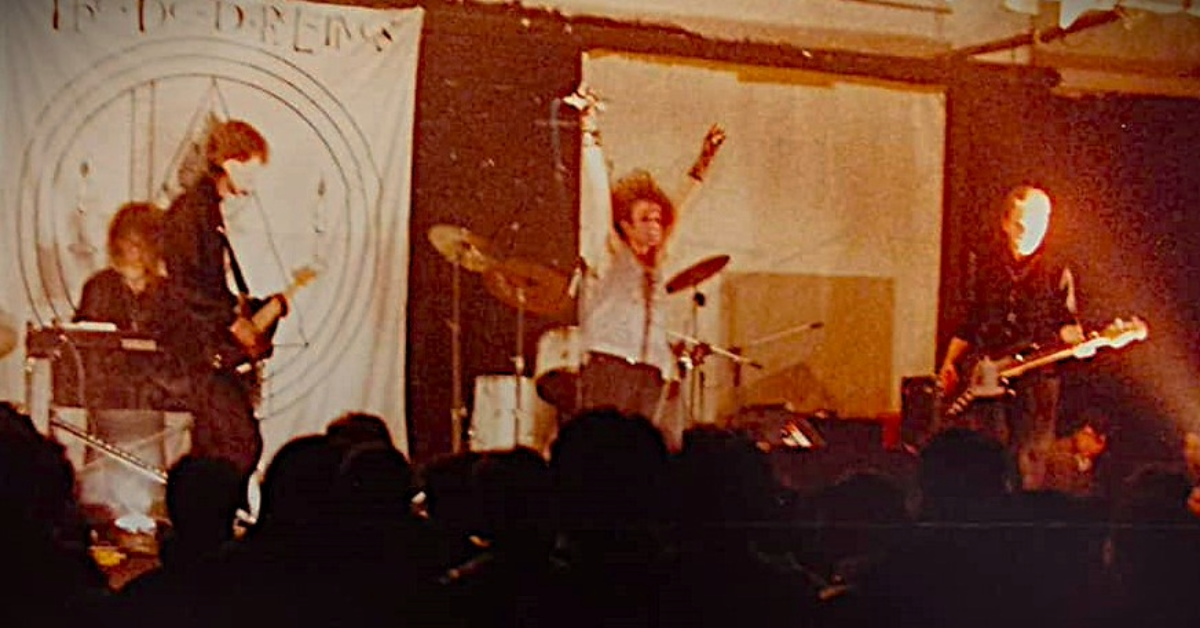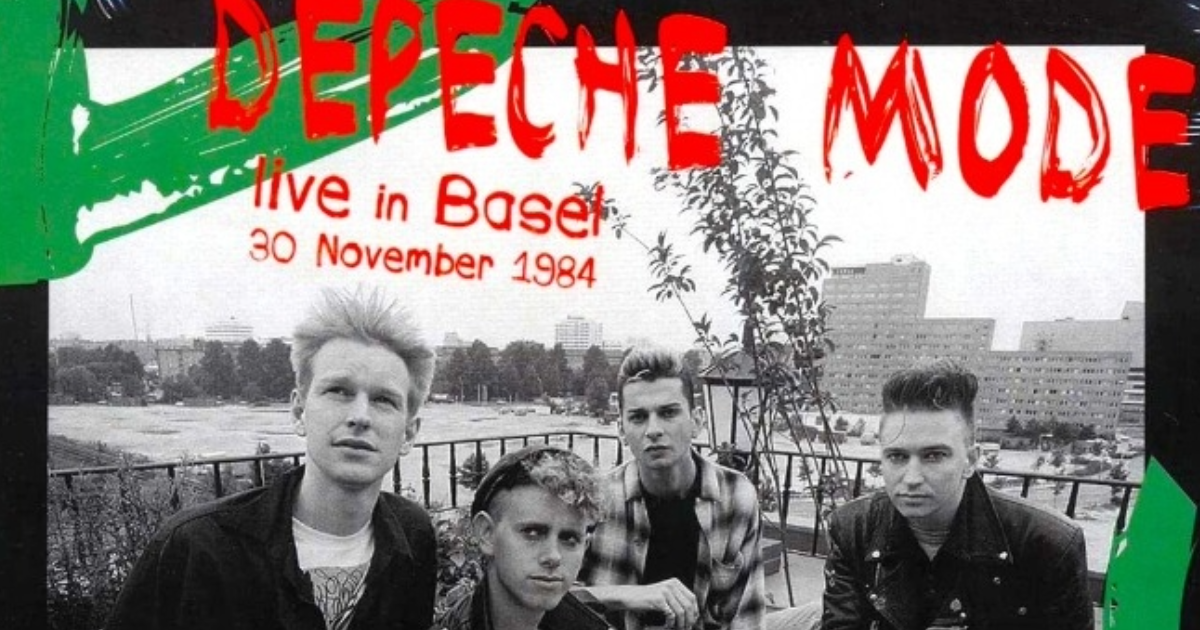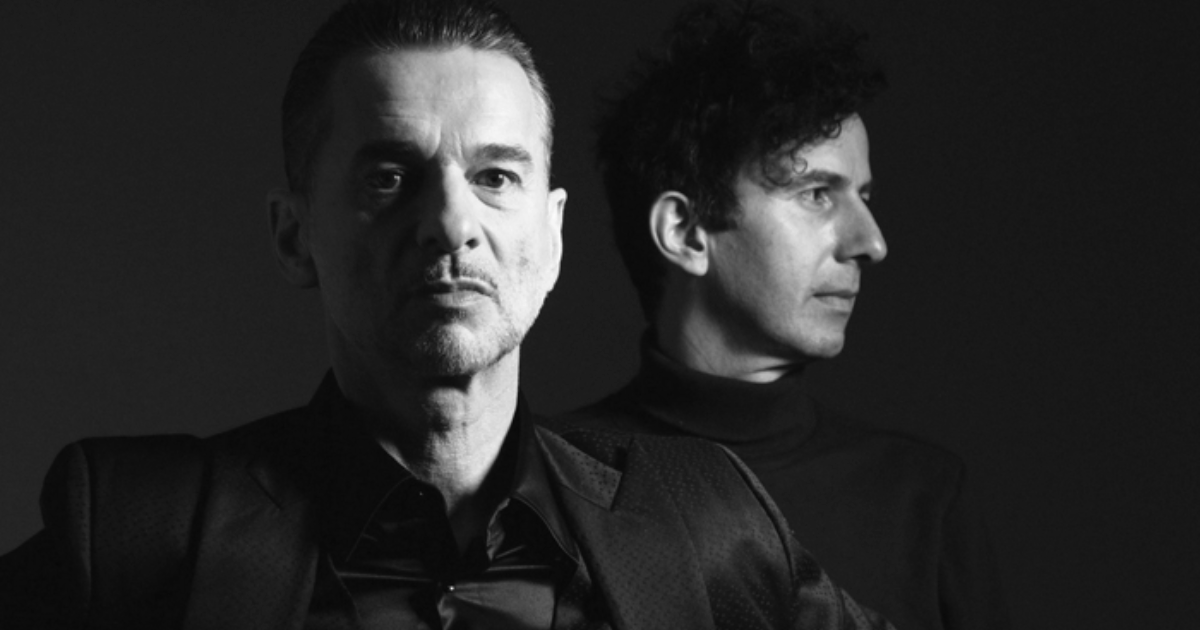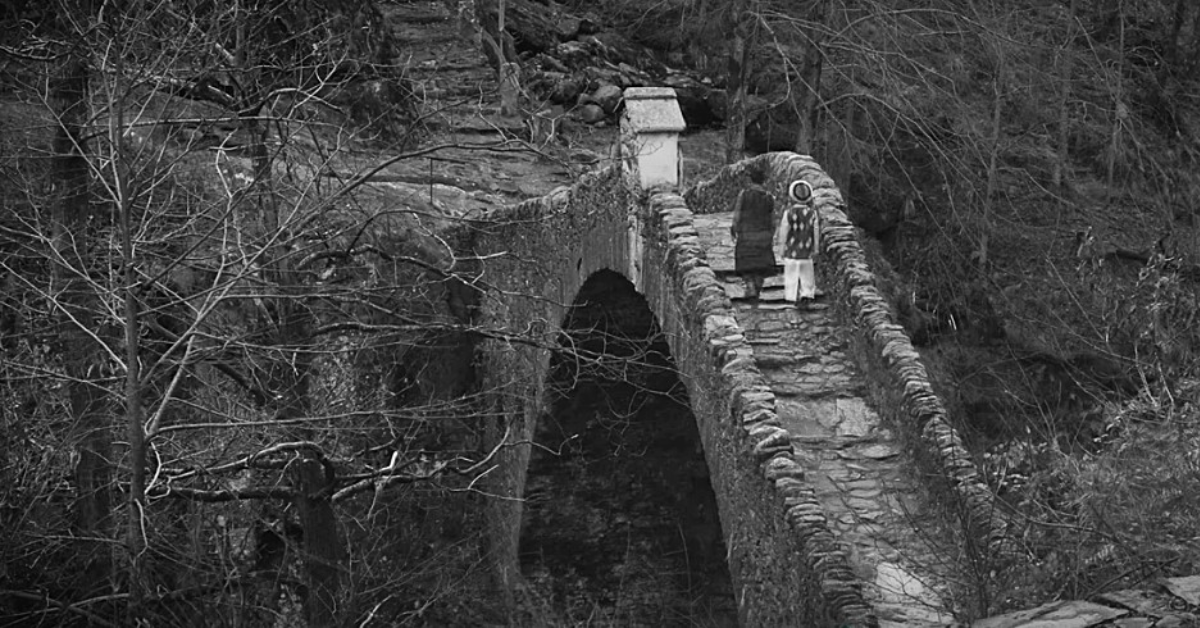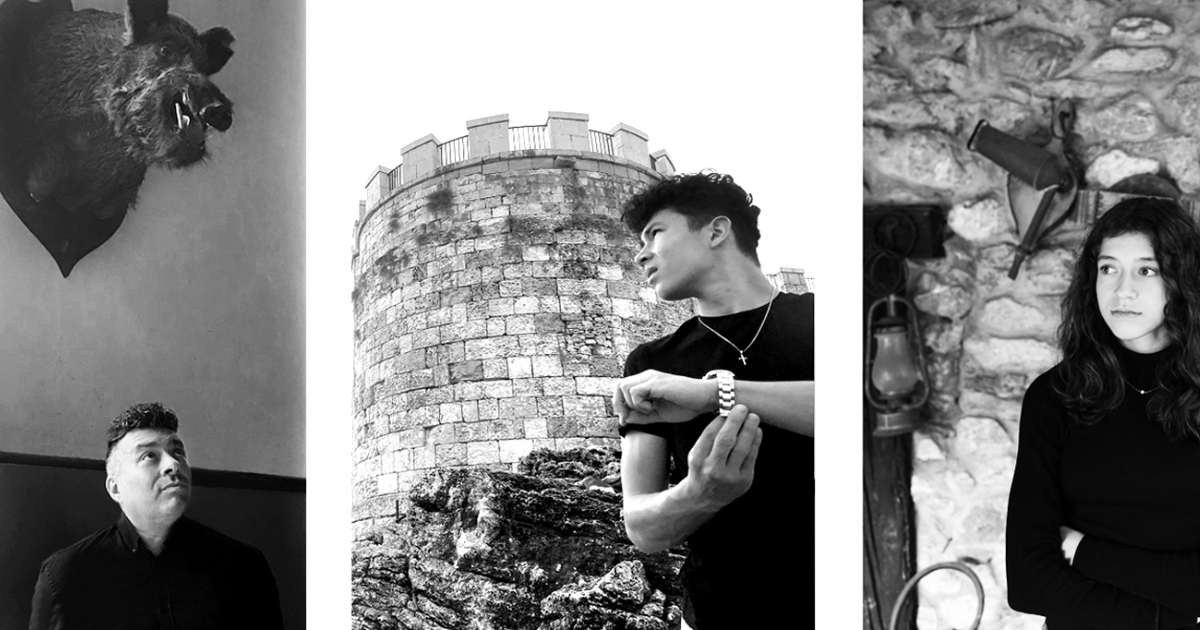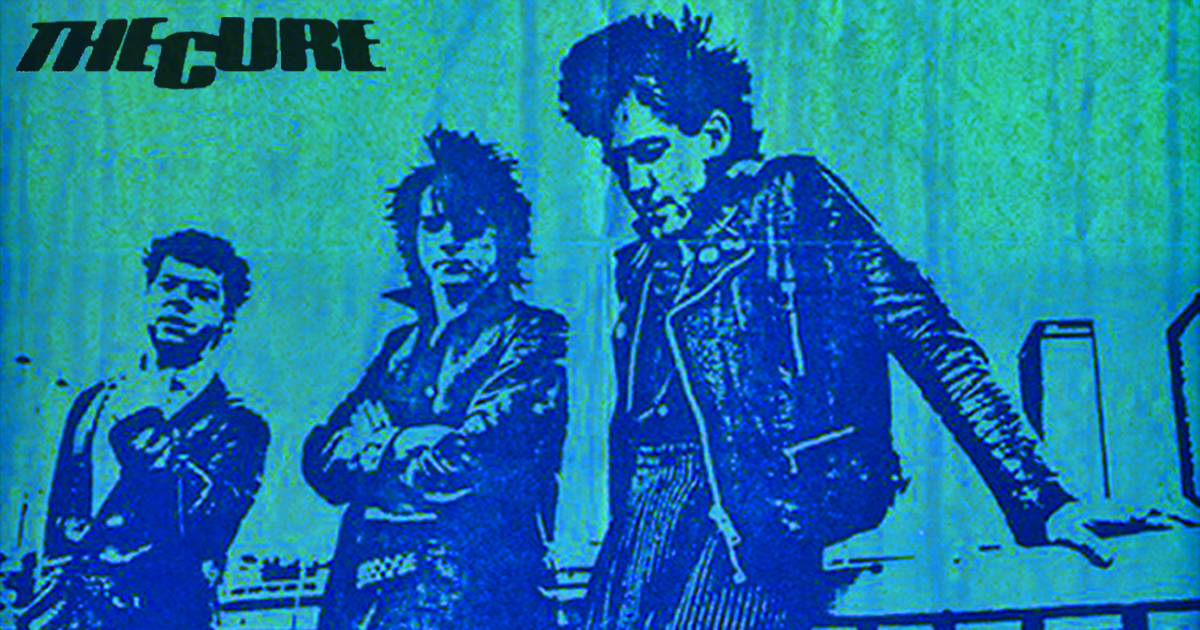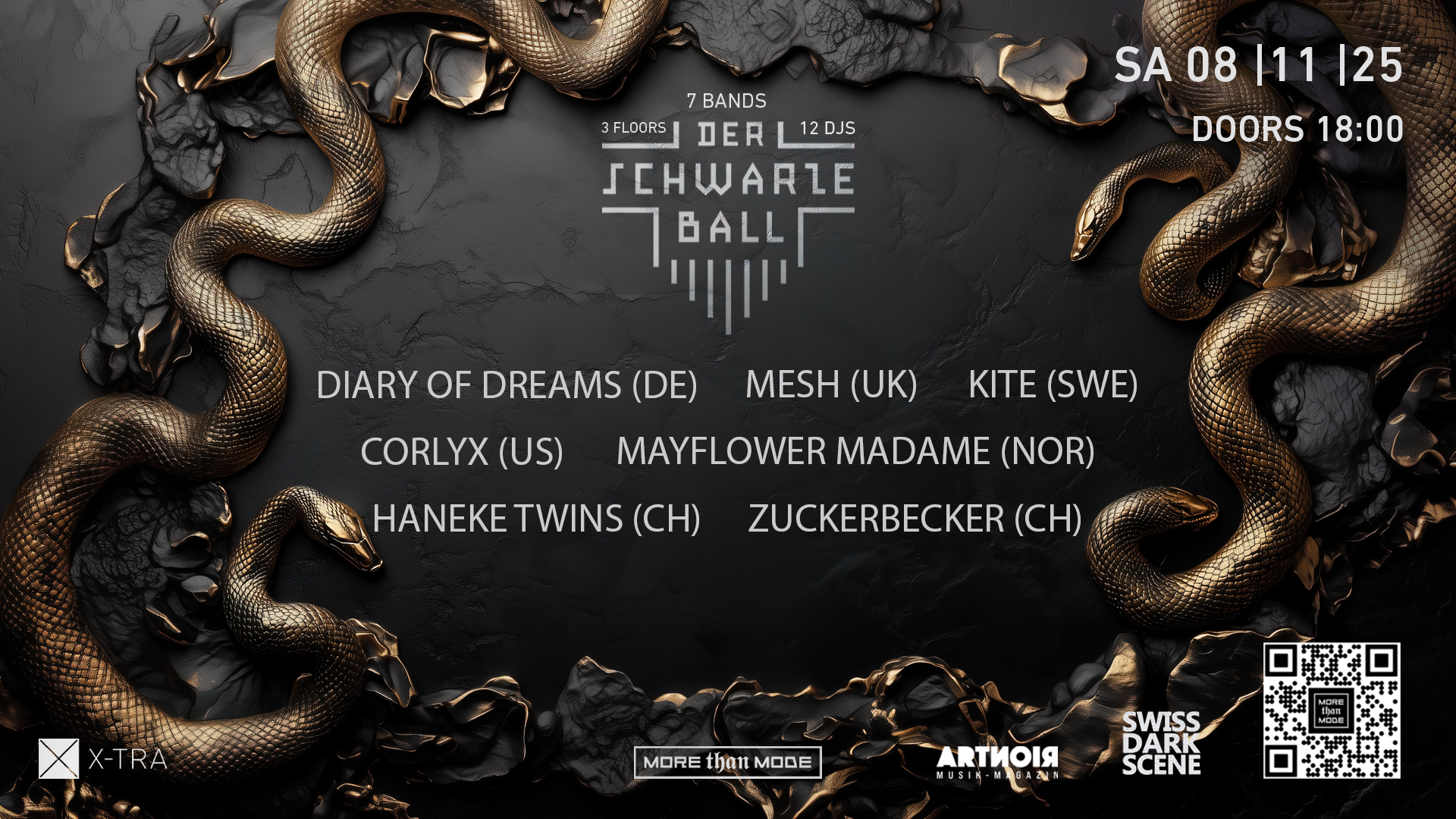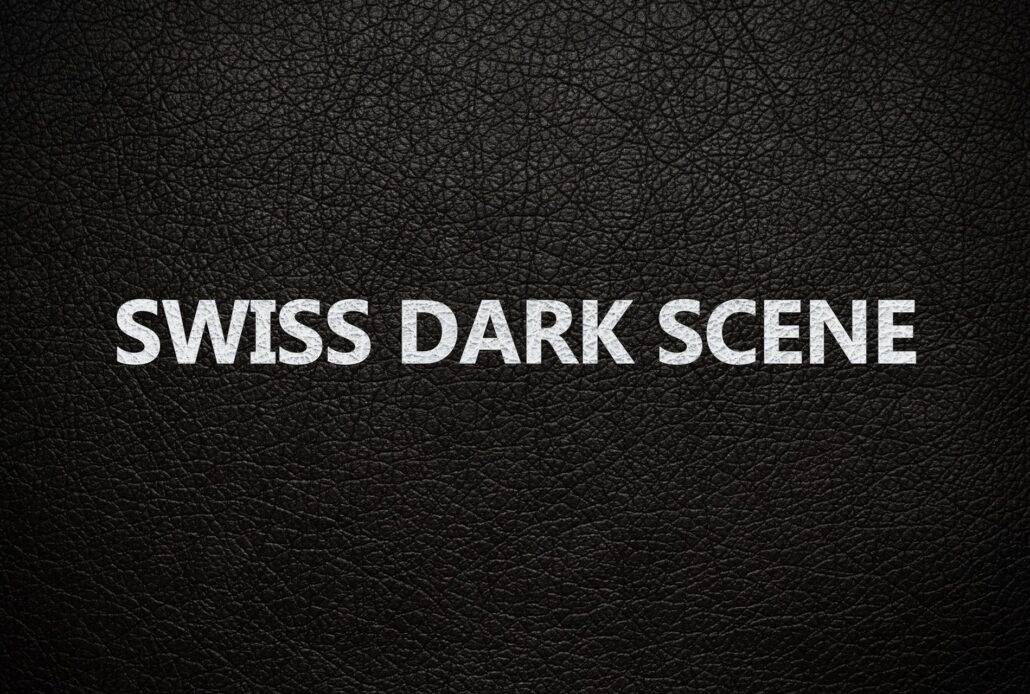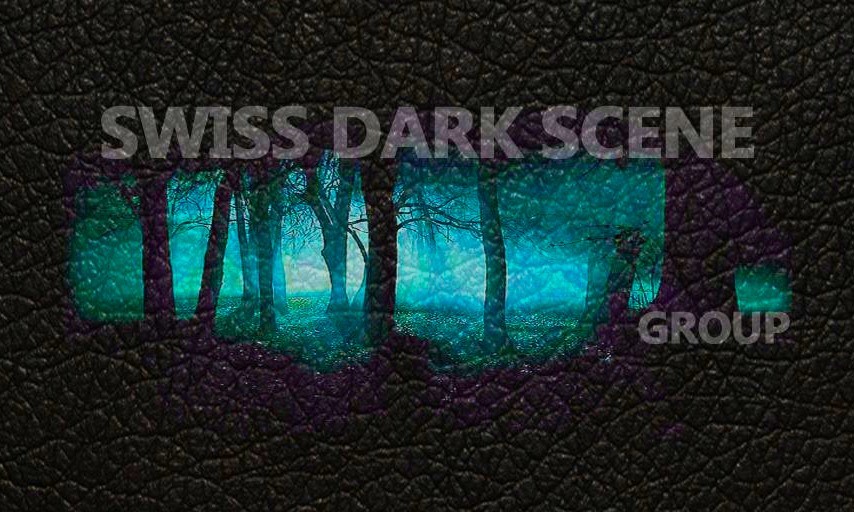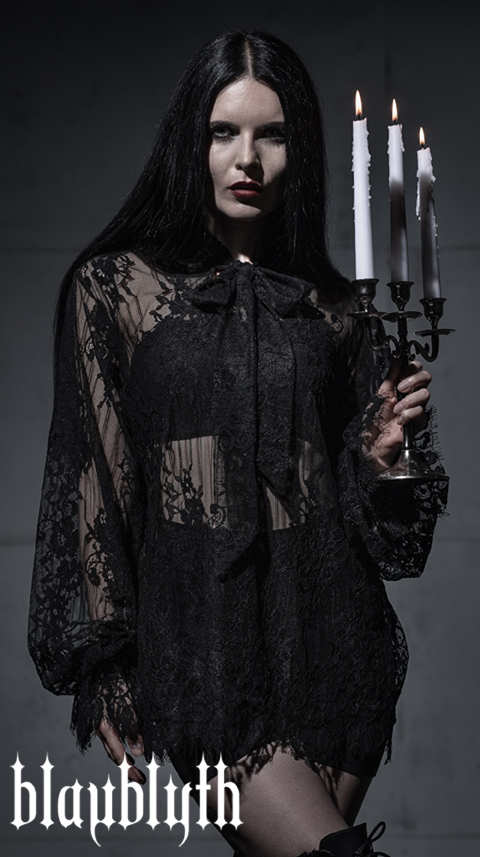45 years ago, on a day like today, September 26 in 1980, the Swiss label Off Course Records released Swiss Wave The Album. The first compilation record of the local underground scene. The bands selected for the album were: Liliput, Rudolph Dietrich & KDF, The Sick, Jack & The Rippers, Ladyshave, Mother’s Ruin, and from Bern, the band Grauzone with two very innovative songs: “Eisbär” and “Raum”.

Swiss Wave The Album (back cover)
The year was 1979 and most of the Swiss underground bands were under the strong influence of English punk. Three of the future band members of Grauzone: Marco Repetto (drums), Christian Trüssel (bass) and Martin Eicher (guitar in Mental), they also played in a punk band called Glueams.
GLUEAMS – Mental. Taken from the single ‘Mental’ (1979)
Over time, Martin, Marco and Christian of Glueams felt saturated with punk and opted to seek a new musical identity with more depth, which involves more introspection combining it with cold bass/synthesizer sounds. By that time their look was already different, they dressed in black and listened to new bands like The Cure.
On one of Marco’s trips to London in 1979, he attended live concerts by bands like Siouxsie and The Banshees and Fad Gadget, and realized that the London punk scene was opening up to dark and electronic sounds. The new label Mute Records had just released their second single “Back to Nature” by Fad Gadget, and Marco noticed that people were taking the new songs very well. He liked that London post-punk-atmosphere open to new sounds and was motivated to do something similar when he returned to Switzerland. Glueams was now history and the time was ready for Grauzone.

Grauzone 1979 – Marco with Martin and Christian (Photo: Stephan Eicher)
The following year, Martin’s brother, Stephan Eicher (synthesizers) and Claudine Chirac (saxophone) joined the new band Grauzone for the recordings of “Eisbär” and “Raum” for the compilation album Swiss Wave at the Sunrise Studios in St. Gallen. The producers in charge were Martin Byland and Urs Steiger, and the sound engineers were Etienne Conod and Robert Vogel. Eisbär’s first takes sounded similar to The Cure’s “A Forest”, but after some takes the band put more emphasis on their own ideas, thus giving a more distinctive sound to the recording.
Musically, the Swiss Wave album presented a new wave sound but still had a clear punk influence. No wonder, it was 1980. Grauzone, on the other hand, proposed something different. “Eisbär” was introspective and presented a desolate, cold and monotonous soundscape. The bassline was now very present and took the reins of the song, while the synthesizer made its avantgardist way, sometimes subtle and minimalist, and sometimes dissonant and noisy á la no wave. All this components contrasted decisively with the other songs on the album. This was the first wave-post-punk song (including minimal wave, coldwave and noise elements) recorded by a local band in Switzerland. And so “Eisbär” can be considered as the cornerstone that triggered the start of the Swiss dark scene.
From that moment on the local scene had its first own soundtrack, and began to develop slowly. Grauzone’s first concerts took place in Bern, in locations like Club Spex, Gasskessel and Reitschule. From then until the mid 80’s, diverse concerts, discos and parties were held in places like Rote Fabrik (Zürich), Totentanz (Basel), AJZ (Biel), Big Apple (Zürich), L’Association Post Tenebras Rock at Le Bouffon (Genève), Fri-Son (Fribourg), Sedel (Luzern), Grabenhalle (St. Gallen), Dolce Vita (Lausanne) and L’association État d’Urgences (L’Usine) in Genève.
(Watch here some videos that capture the spirit of the local scene in some events through the years).
GRAUZONE – Eisbär (1981). Original music video
When the album Swiss Wave was released, it was not very well received, and only about 1000 copies were sold. But a year later, Grauzone would release “Eisbär” as a single on their own, which was a great international success. In view of this, the album Swiss Wave was re-released and sales reached half a million copies.
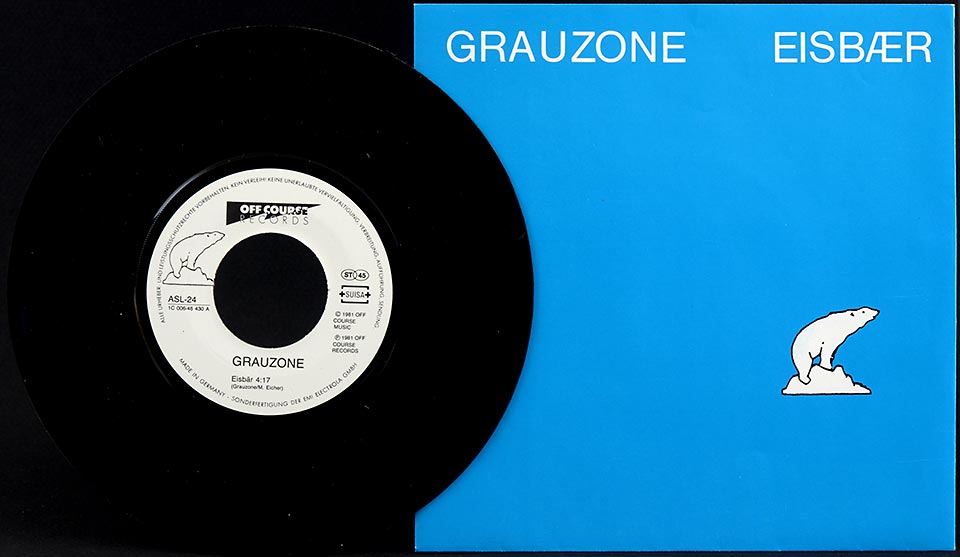
GRAUZONE – Eisbär single. Off Course Records (1981)
What started with Martin’s nightmare, who at the age of 18 dreamed that polar bears hanging on the wall were crying and tormenting him. It became a legendary pioneering underground song, which against its will, would inevitably become a world hit. A cult song that marked the beginning of a new era and never stopped being a musical reference.
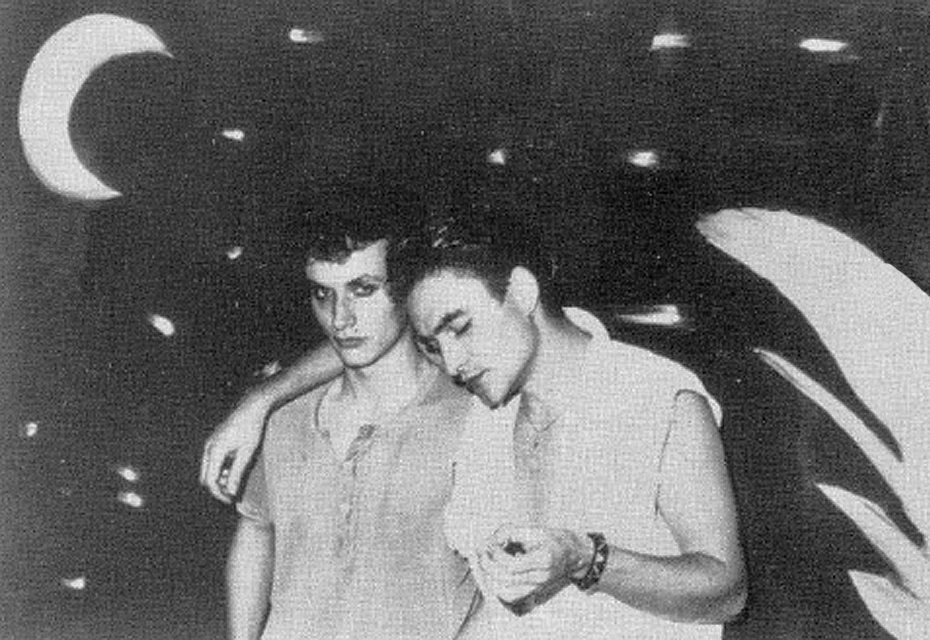
Martin with Stephan
Some time ago Stephan bought the original master tapes from “Eisbär” and now he preserves them as what it is: a historical production. So from time to time the Eicher brothers and their bear get together in the studio, and according to a reliable source person, there is a good chance that they will leave the gray area by releasing some new material in a not too distant future…
